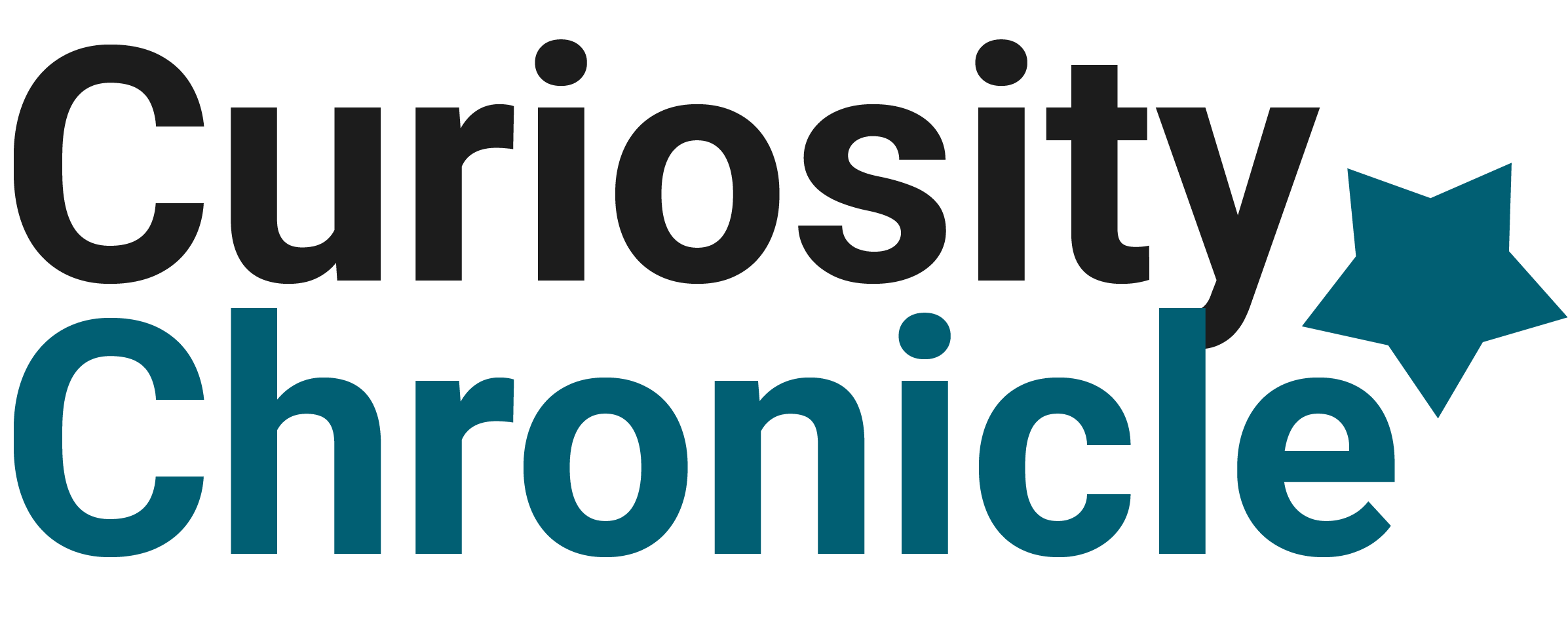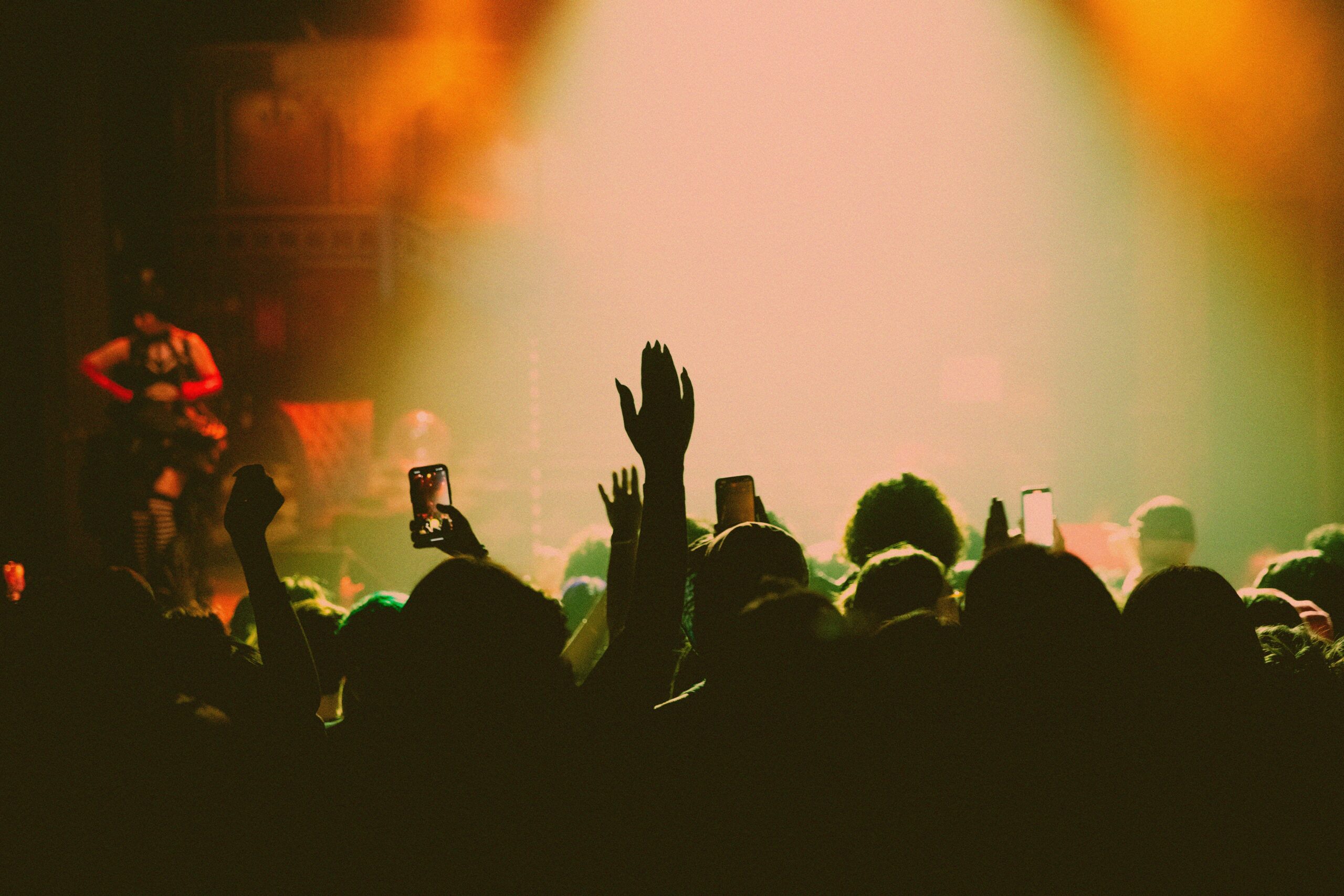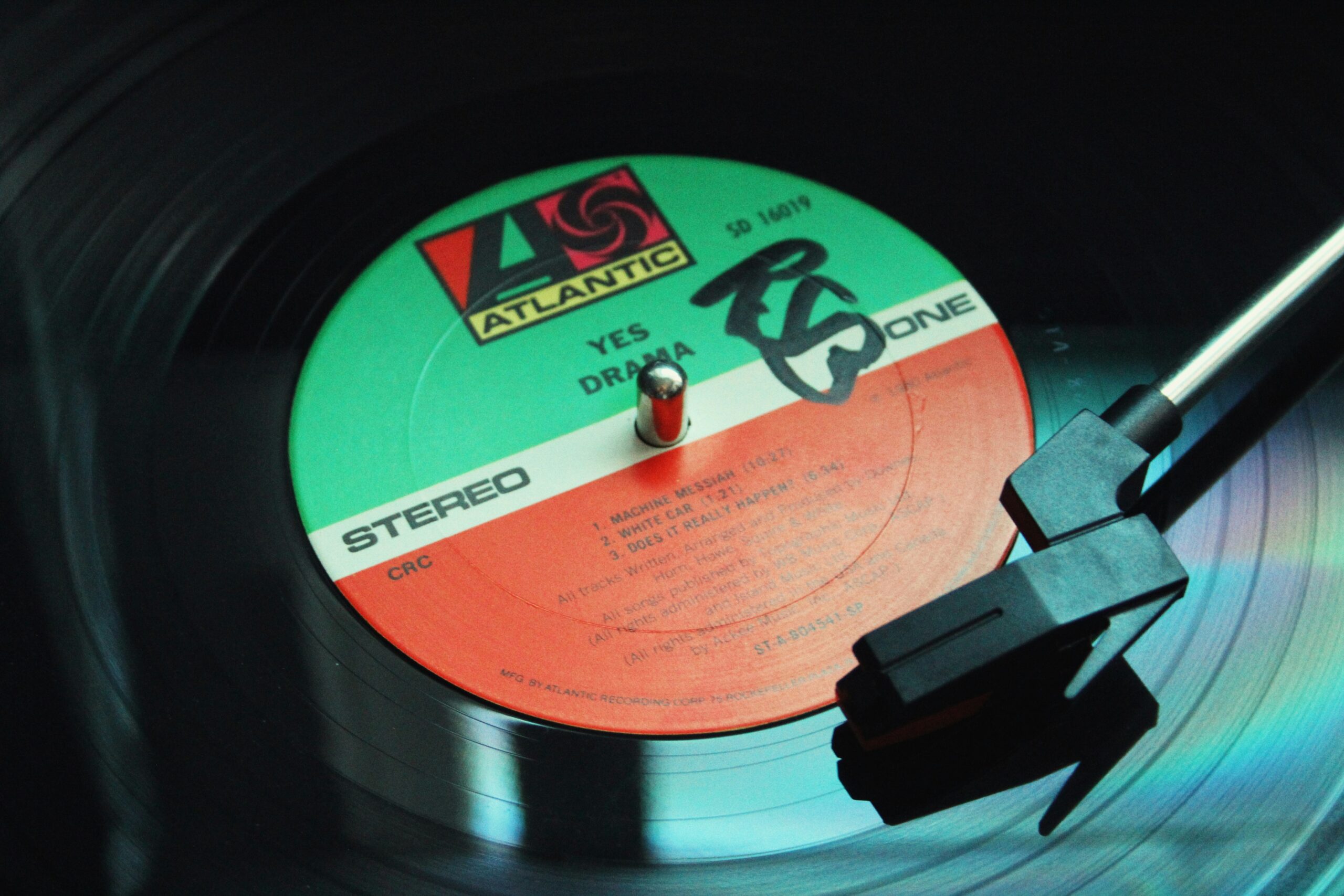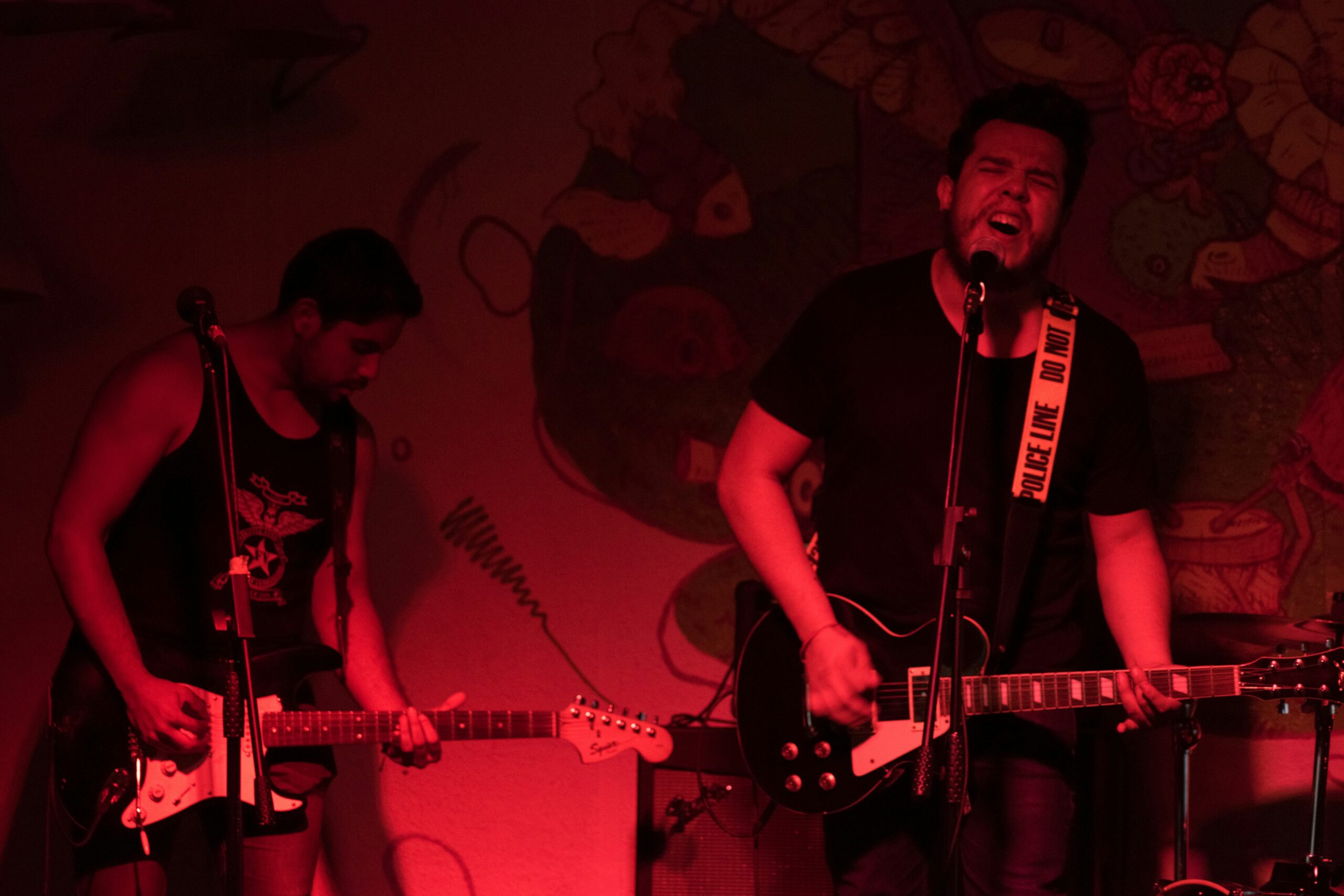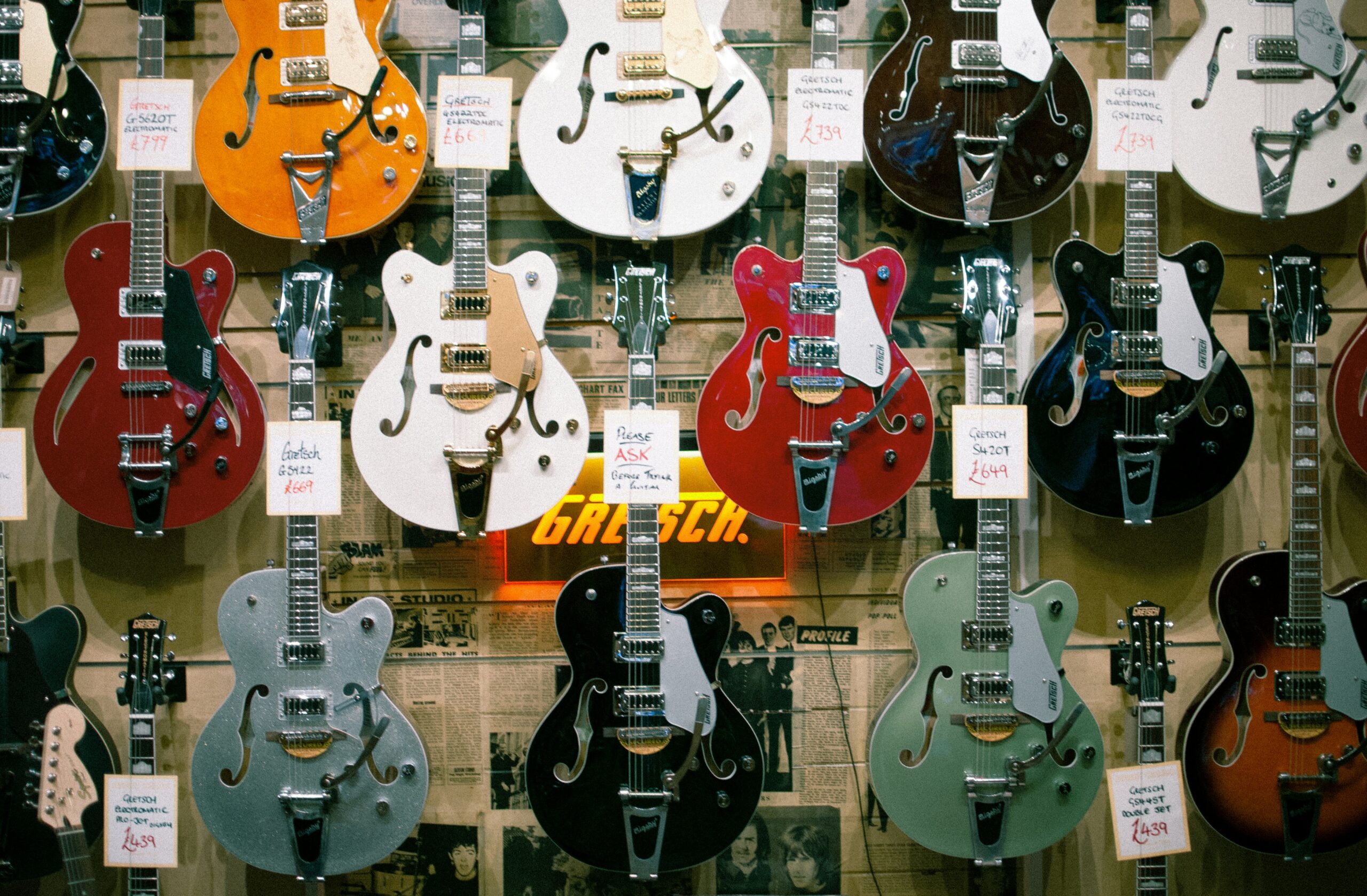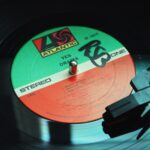Punk rock was more than just a music genre – it was a movement, a declaration of rebellion, and an attitude that transcended the music itself. Emerging in the 1970s, punk rock was raw, unpolished, and fiercely independent, challenging the norms of both the music industry and society. While it may have started as a countercultural explosion, its influence has rippled through the decades, shaping not only the sounds of modern music but also the very fabric of popular culture.
This article explores how punk rock defined a new era of music and culture, leaving a lasting impact that is still felt today:
- The origins of punk: How The Ramones and The Sex Pistols defined the genre in the 70s
- How punk aesthetics and attitude shaped genres like pop-punk, hardcore, and indie rock
- Punk’s role in fashion, politics, and social movements
- Punk’s Evolution: How it became a cultural touchstone that still influences music and society
The origins of punk: How The Ramones and The Sex Pistols defined the genre in the 70s
The birth of punk rock can be traced back to the mid-70s when bands like The Ramones, The Sex Pistols, and The Clash emerged with a new sound that was loud, fast, and unapologetically simple. At its core, punk rock was a reaction to the overproduced and polished music of the time, such as disco and arena rock. The genre stripped music back to its bare essentials, with fast tempos, raw energy, and aggressive, often political lyrics.
The Ramones, from New York, were one of the first bands to establish the foundational sound of punk rock. With songs like “Blitzkrieg Bop” and “I Wanna Be Sedated,” they brought an infectious energy to the stage, combining short, fast tracks with catchy, almost childlike simplicity. Their music was stripped of all the excesses that defined mainstream rock at the time, offering instead a fast, direct, and incredibly influential sound.
Meanwhile, over in the UK, The Sex Pistols took the punk ethos even further. With their infamous single “Anarchy in the UK,” they shocked the establishment and embodied punk’s attitude of defiance and rebellion. Led by the charismatic yet controversial figure of Johnny Rotten, The Sex Pistols weren’t just playing music – they were challenging society’s norms. Their loud, chaotic sound and confrontational stance made punk rock not just a genre, but a symbol of resistance. Songs like “God Save the Queen” criticised political structures, making punk music a vehicle for social commentary.
Punk’s aggressive attitude, simplicity, and anti-establishment ethos resonated with a generation that was disillusioned with the mainstream. It was a cultural revolution, powered by music that was raw, rebellious, and all about doing things on your own terms.
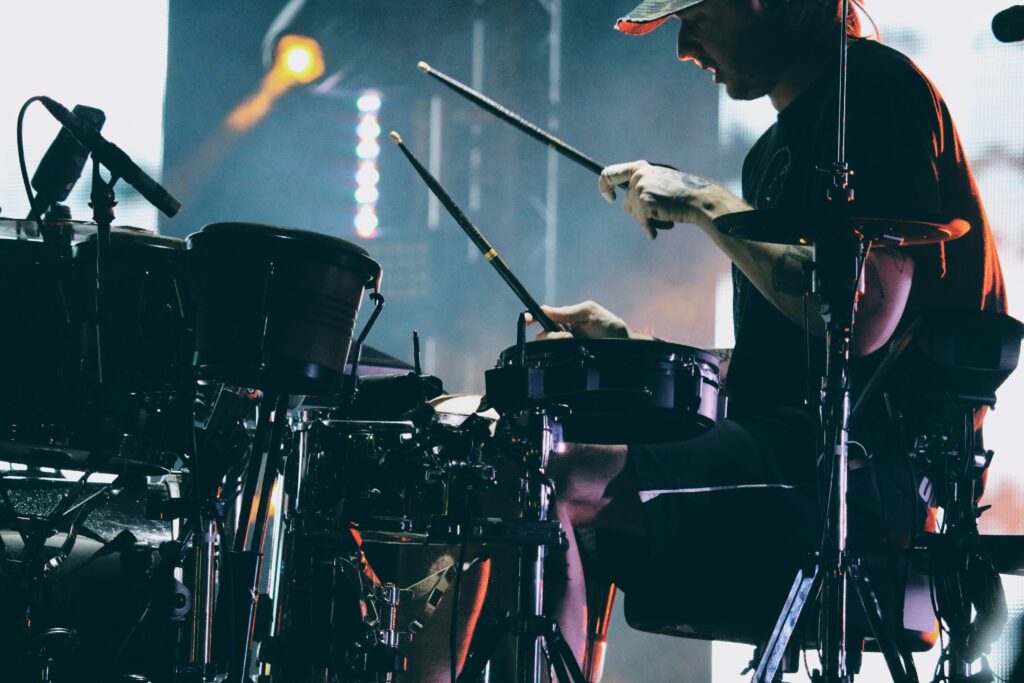
How punk aesthetics and attitude shaped genres like pop-punk, hardcore, and indie rock
The influence of punk rock on modern music is undeniable. While the genre may have initially been seen as a short-lived, rebellious flash in the pan, its impact has been far-reaching. Punk’s aesthetic – loud, fast, and simple – has shaped countless genres that followed, including pop-punk, hardcore, and indie rock.
Pop-punk is one of the most prominent examples of punk’s lasting influence. Bands like Green Day, Blink-182, and Sum 41 embraced the fast, catchy sound of punk but also infused it with elements of pop melody and humour, making it accessible to a wider audience. Green Day’s album Dookie (1994) is a quintessential pop-punk record, full of high-energy songs about adolescence and rebellion, and it became one of the biggest selling albums of the 90s. Pop-punk took punk’s spirit of youthful defiance and translated it into a more radio-friendly format, but the energy and attitude remained very much in line with punk’s DIY ethos.
Hardcore punk, on the other hand, took punk rock’s aggression and speed to even greater extremes. Bands like Black Flag, Minor Threat, and Bad Brains pushed punk’s boundaries, creating a faster, heavier sound that was equally as rebellious but with a harder, more intense energy. Hardcore punk became a way for punks to express frustration, not just with mainstream culture but with the very fabric of society. This extreme form of punk gave birth to later subgenres like metalcore and post-hardcore, which still carry the influence of punk’s raw, stripped-back energy.
Indie rock, too, owes a great deal to punk. The genre’s emphasis on independence and DIY ethics, where bands self-released records and organised their own tours, mirrored the punk ethos of rejecting the mainstream. Bands like R.E.M., Sonic Youth, and Pavement emerged in the 80s and 90s, mixing punk’s rebellious energy with a more diverse range of influences. The indie rock scene, with its focus on artistic freedom and rejecting commercial pressures, is a direct descendant of punk’s original spirit.
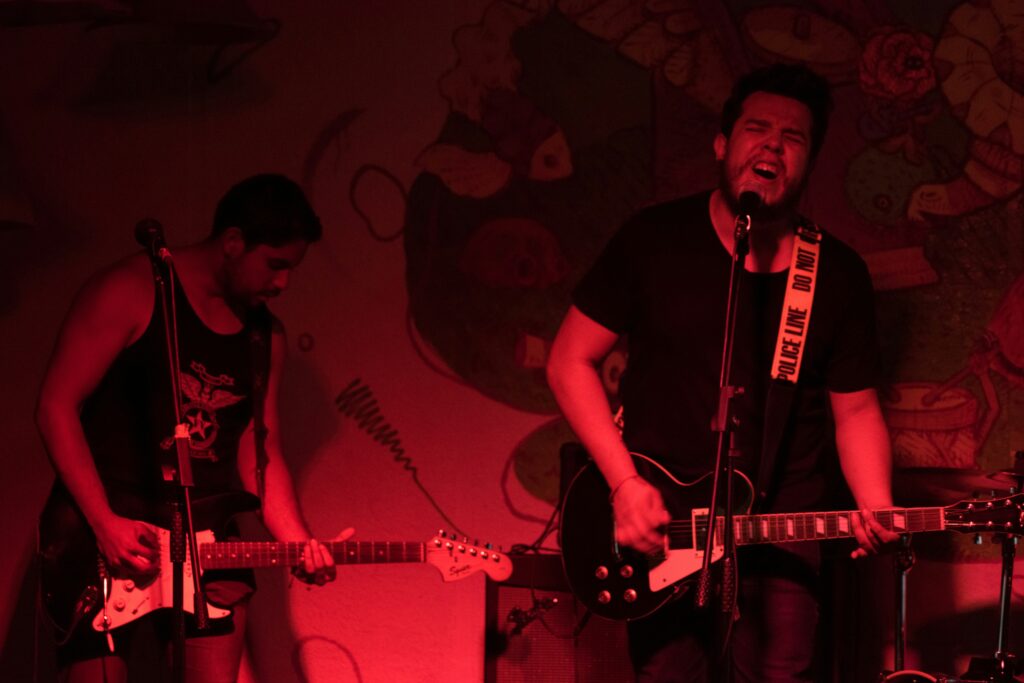
Punk’s influence is also evident in the way modern rock bands approach their music. Today’s punk-influenced bands, like The Strokes, Arctic Monkeys, and even more experimental acts like Death Grips, continue to embrace punk’s ethos of energy, spontaneity, and defiance. The DIY attitude that was central to punk’s identity is still alive in the music world today, with independent artists and small labels thriving alongside larger industry giants.
Punk’s role in fashion, politics, and social movements
Punk was never just about the music – it was also a cultural force that shaped fashion, politics, and social movements. The distinctive look of punk rock, with its torn clothes, leather jackets, spiked hair, and anarchist symbols, became as iconic as the music itself. Punk fashion was all about rebellion, rejecting the norms of mainstream society. It wasn’t just a style – it was a statement, a way of saying, “I don’t care what you think of me.”
Punk’s fashion choices also had a political edge. Vivienne Westwood and Malcolm McLaren, the masterminds behind the Sex Pistols’ iconic look, used fashion to express anti-establishment sentiments. Punk fashion became a way of challenging societal norms, questioning authority, and rejecting consumerism. The punk aesthetic is still visible today, from the punk-inspired styles seen on catwalks to the everyday street fashion embraced by youth subcultures.
Politically, punk was a driving force in challenging authority. The genre’s music often addressed issues of inequality, injustice, and political corruption. Punk bands were fiercely independent, taking on political causes through their lyrics and actions. In the 80s and 90s, punk continued to be a voice for the disenfranchised, with bands like Anti-Flag and Crass advocating for peace, equality, and social justice.
Punk also paved the way for many social movements. Its rebellious attitude inspired the feminist Riot Grrrl movement, with bands like Bikini Kill and Sleater-Kinney using punk’s anger and frustration to address issues like gender inequality and women’s rights. Punk’s influence can be seen in today’s social movements, where punk’s DIY ethos and sense of rebellion live on in activists fighting for change.
Punk’s Evolution: How it became a cultural touchstone that still influences music and society
Punk rock started as a short-lived musical revolution, but its influence has only grown over the decades. It was a genre that challenged musical norms, social expectations, and political ideologies. Punk’s DIY ethic, raw energy, and rebellious attitude paved the way for countless music genres, fashion trends, and social movements. From pop-punk to hardcore, from indie rock to street fashion, punk’s influence is still evident in modern culture.
Let’s recap:
- Punk rock is not just a genre, it was a movement, a mindset and a cultural cornerstone of its generation
- Loud, fast and simple: Punk didn’t need any bells and whistles, Punk was just Punk
- Green Day, Blink-182 and Sum 41 are some more modern representatives of the genre, but none of it would have been possible without artists such as The Ramones and The Sex Pistols
- Punk’s aesthetic has influenced fashion and popular culture for decades, Vivienne Westwood is still very much living the spirit and mindset of Punk
- Ethic, raw, edgy, rebellious: Modern Rock is running because Punk, Grunge and the beginnings of Alternative Rock did the walking
- And I think we can all agree that with Punk, we talk the talk and we walk the walk!
Today, punk is no longer just a genre or a movement – it’s a cultural touchstone. It continues to inspire new generations of musicians and activists, proving that its message of rebellion, independence, and authenticity will never go out of style. Punk may have started with a loud, defiant sound, but its spirit lives on in the music we listen to, the clothes we wear, and the causes we support.
